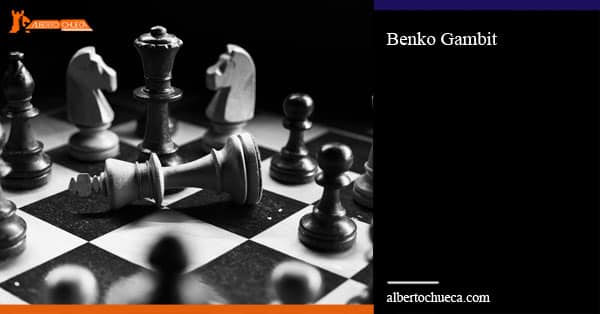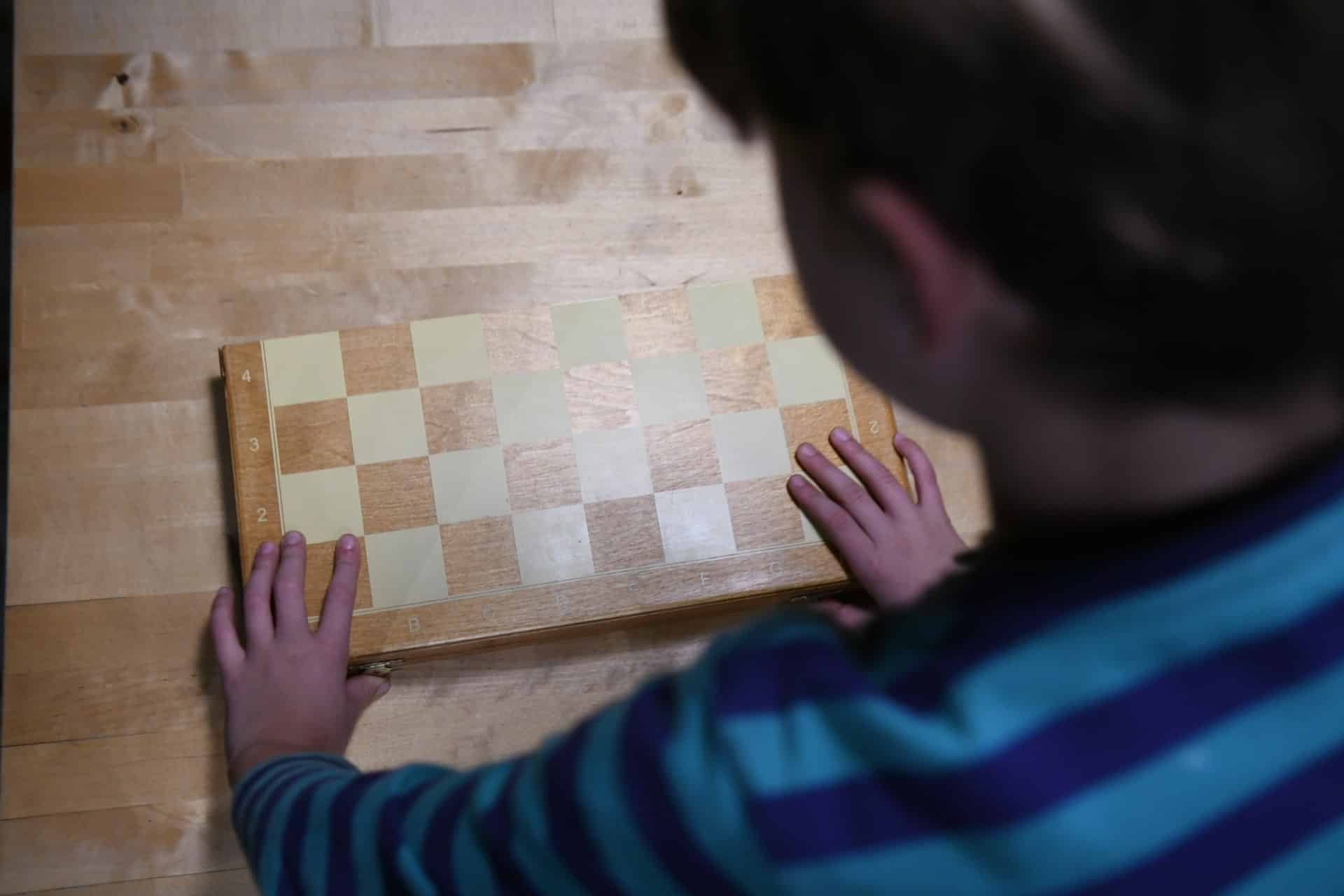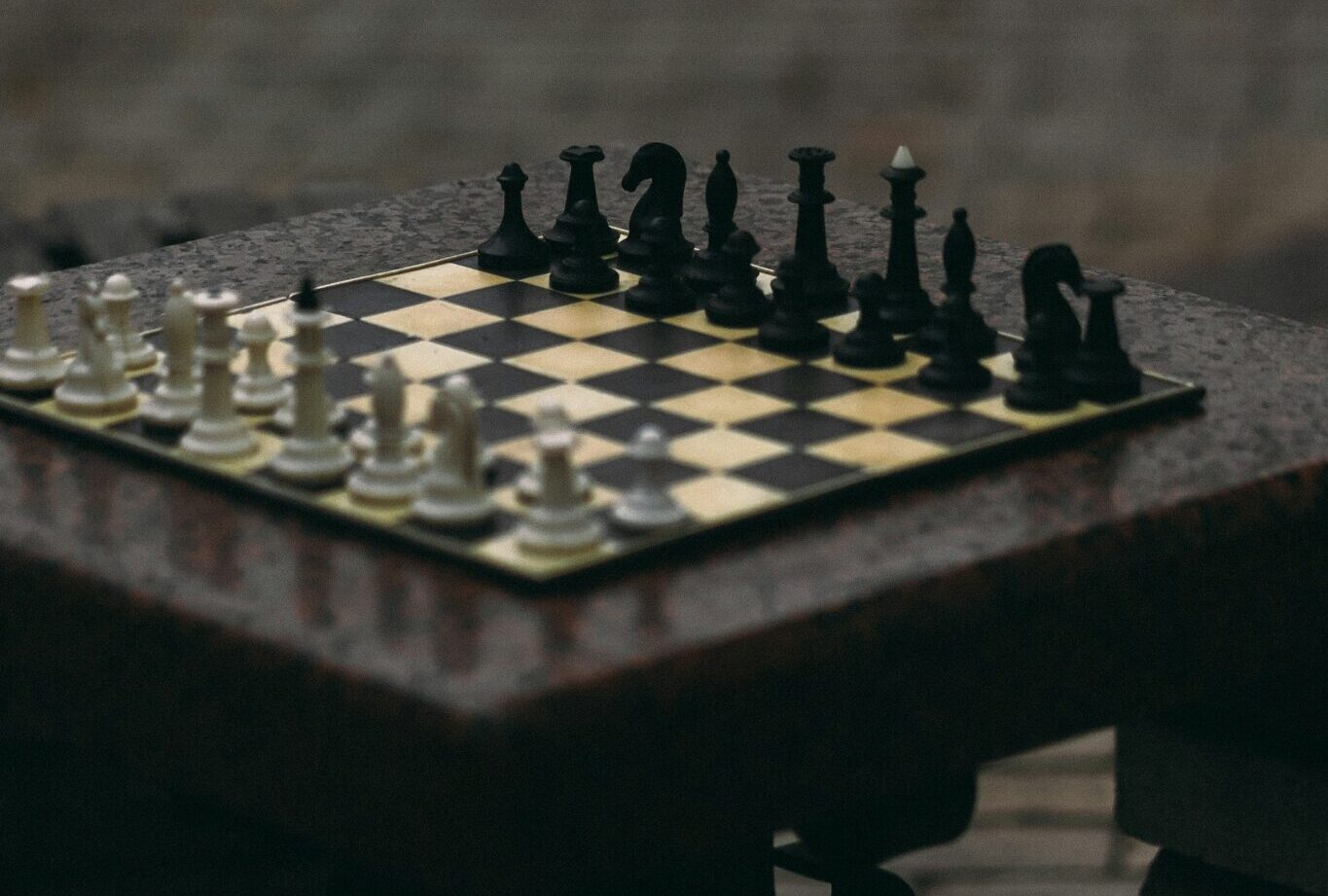Table of Contents
Benko Gambit
The Benko gambit is one of the best options to win quick initiative with black. It’s an opening that makes you feel you are playing with the white pieces instead of black. You gain a quick attack over white’s queenside in exchange for one pawn, and you get to develop your pieces harmoniously.
Playing the Benko gambit is always refreshing, one of the best things you can do with black undoubtedly. The best part is that playing the Benko gambit is really easy, the opening is linear and has many ideas.
You will always have a plan to play, but black should indeed be prepared for some dangerous lines whites can choose. You will feel that you are making white defend, and if you like to play for the initiative this opening is for you.
Many important grandmasters used this opening so many times, like Garry Kasparov, Magnus Carlsen, Sam Shankland, and more. If you want to learn the secrets of the Benko gambit and play it like a champion keep reading this post!
One of the most popular openings in chess is Queen’s Pawn. Obviously, we want to have something prepared to face it as Black. In this post, we are going to study an interesting variation to play against it: the dynamic and strong Benko Gambit (also commonly known as Volga Gambit). It appears on the board after the moves:
1.d4 Nf6 2.c4 c5 3.d5 b5
Great Masters who played Benko Gambit
Viswanathan Anand, Garry Kasparov, Veselin Topalov, and Mikhail Tal are World Champions who played this dynamic system.
Some theory and ideas in Benko Gambit
In this gambit, Black is sacrificing a pawn on b5. The idea is to disconnect the chain of white central pawns c4-d5, and once White captures, they will use this white pawn on b5 as a hook to continue developing pieces very quickly after the interesting move a6!
Here, the first player has some options to decline the Gambit, like 4.Nf3, 4.Nd2, 4.a4, or 4.Qc2. We are not going to analyze them here, but you should know White can also play those moves. They are not particularly strong though.
The mainline should continue with:
4.cxb5 a6 5.bxa6
In this important position of Benko Gambit, other interesting lines are:
- a) 5.b6 (Giving back the extra pawn) e6 The middlegame should be unclear but more or less balanced
- b) 5.e3 (just protecting the pawn with the Bishop) Black always has compensation
5 … Bxa6 6.Nc3 d6
Black has some interesting compensation here for the pawn down, and it is mainly related to the problems White has to castle in this position and the significant pressure in the long diagonal by the dark squares Bishop along with the control of the half-open “a” and “b” files.
7.e4
White can also fianchetto the light squares Bishop, by playing 7.g3, but it does not really help so much: the Bishop on a6 will be good on this diagonal, and the one on g2 is blocked by the pawn on d5. This line could continue 7… g6 8.Bg2 Bg7 9.Nf3 Nbd7.
7… Bxf1
Now White cannot castle, although they will make it work just “walking” with the King
8.Kxf1 g6 9.Nf3 Bg7 10.g3 0-0
11.Kg2 Nbd7
We can say Black has a clear compensation for the pawn down.
Typical Pawn Structures in Benko Gambit
This is the most common pawn structure we can find in the mainline:
White: a2, b2, d5, e4, f2, g3, h2
Black: c5, d6, e7, f7, g6, h7
White has more space in the center, so, in some positions, they could try some attack in the Kingside. The “c” file is half-open for them, and as it has been said, they have one pawn up. Sometimes they can play a4 and use the interesting square b5 to block the attack in the Queenside (in general with a Knight). Also, c4 could be a good outpost for white knights. The white pawn on “a” is passed.
Black has half-open files on “b” and “a”. Squares like d4, or c5 and d3 (after the pawn advance c5-c4) can be very nice outposts for the Knights of the second player. The diagonal h8-a1 is also essential in this structure. Breaks over e6 or even f5 are playable, undermining White’s center.
Typical Plans in Benko Gambit
Very often White is playing h3 in the middlegame to avoid ideas based on Ng4-e5. Also, a common and interesting plan for White is the maneuver Re1-e2-c2. The idea is to use the Rook as an important defender in the Queenside, protecting c3 and also b2 (so the dark squares Bishop can be developed).
Something interesting is the fact that trading Queens (which usually we need to avoid when we are playing gambits) is not really a big problem for Black in this variation. Masters say that once queens are not in the battle the attack possibilities for White in the Kingside decrease, and the pressure in the Queenside is not affected with this, so Black can focus on the attack in that wing of the board without any concern about the other side.
Also, there are some important maneuvers with black knights, for example:
- Ng8-f6-e8-c7 and maybe b5 and d4 or a6 and b4
- Nb8-d7-b6-c4
- Nb8-d7-c5-d3
- Ng8-f6-g4-e5 and then it can go to c4 or d3
In some lines of Benko Gambit, the black Queen goes to a8. This is a very interesting square, because the Queen is extremely safe there, and it is controlling the “a” file and at the same, it is creating some very annoying pressure on the center (notice the Queen is also in the same diagonal as white King). This move is connected to the break on e6, destroying the central chain of pawns.
Another very strong and popular idea is the natural Qa5 followed by Rfb8, just controlling important files and putting the Queen in a really active position.
Typical squares for black pieces in Benko Gambit
King: Black always castles Kingside.
Queen: In the middle game, it can go to squares like a5, a8, b6, or c7. The idea is to put it at some point where it helps in the pressure in the Queenside, but at the same time, it is not too exposed. Curiously, trading Queens is not a big issue for Black in Benko Gambit.
Rooks: “a” and “b” files are essential since they are half-open. In some positions “c” or “e” files could be important, but less frequently.
Bishops: The dark squares Bishop is a great weapon on the great diagonal. It is one of the most important pieces for Black, so, obviously, they do not want to trade it. It helps in the defense of the Kingside and also on the pressure in the Queenside and the center.
Knights: These pieces can play an important role in the pressure in the Queenside in Benko Gambit. There are important squares the second player will try to exploit with the knights, like e5, d4, c4, b3 (when White plays a4), d3, and c5 (after Black clears this square with c5-c4).
The Benko Gambit for Black

For black is easy, but again, depends on what white chooses to play:
- If white accepts the gambit, which is 90% of the games, your job is to put pressure on the open files. The main target here is the b2 pawn, if white advances it, push c4 and breakthrough.
- If white doesn’t accept the gambit, you can find a way to seize your space advantage on the queenside. Undermine the center and develop your pieces there is also good, white will be in trouble.
Plans and ideas of the Benko Gambit
There are important ideas in this opening, we are going to list the most important factors for both sides:
- The g7 bishop is a strong piece, white will always try to exchange it at all costs, and for good reason.
- The b-file and a-file are super important for black, try to put pressure, white will try to defend it.
- Usually black can push c4, even if is another sacrifice, to post a strong knight on c5.
The important thing to remember as black is that you are playing a gambit, so you need to be aggressive. Follow the general rules of the active play, try to win tempos, delay white’s development, and so on.
As a white, you have two options: defend the attack and counterattack or counterattack directly.






